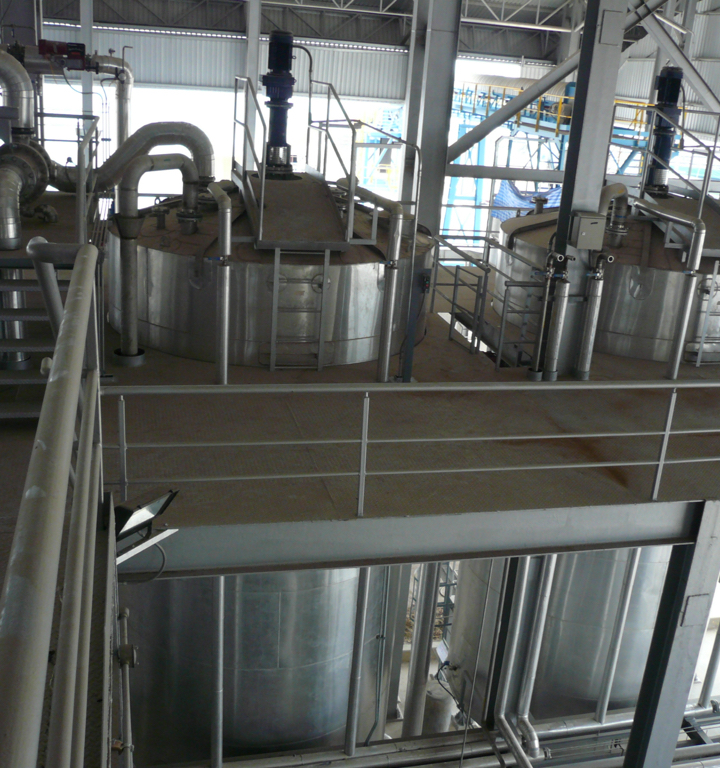
Solutions
& Technologies
Grain pretreatment
Grain pre-treatment is part of the first steps of raw material transformation. During this step, the saccarification and simultaneous fermentation (SSF) procedures are used.
Raw material preparation‘s aim is to modify the starch in fermentable sugars assimilated by yeast.
Grain pre-treatment is part of the first steps of raw material transformation. During this step, the saccarification and simultaneous fermentation (SSF) procedures are used.
Raw material preparation‘s aim is to modify the starch in fermentable sugars by the yeats.
